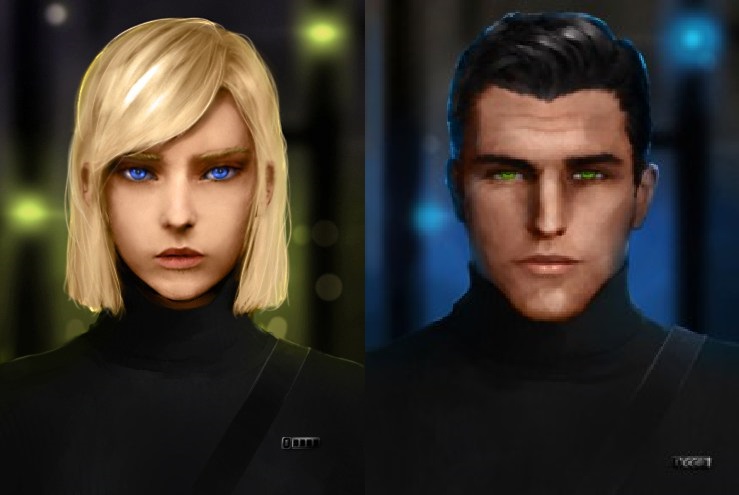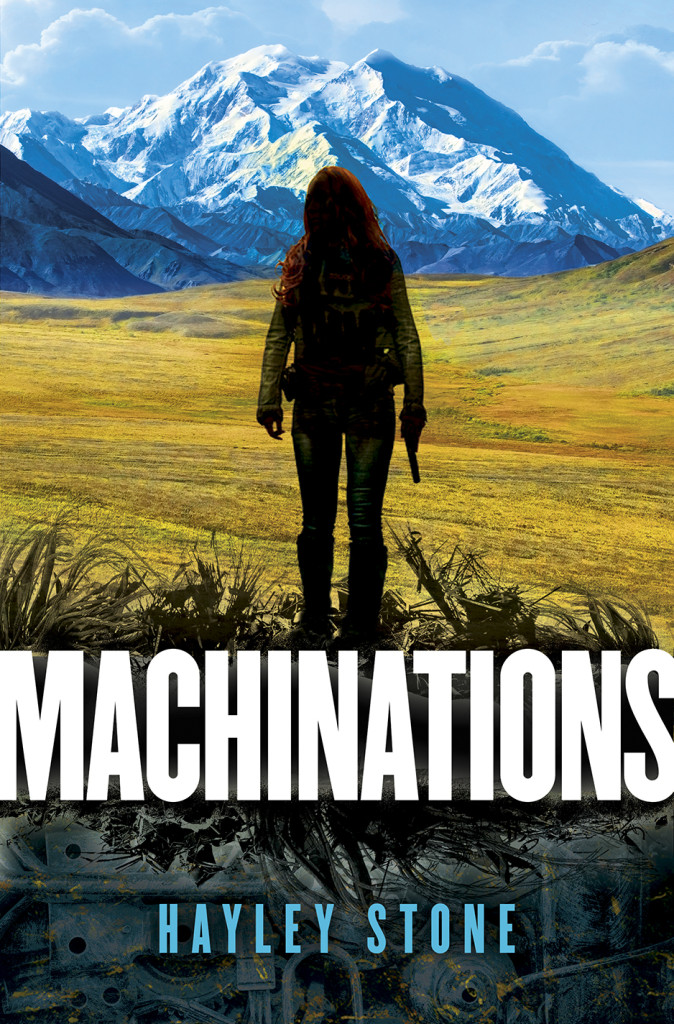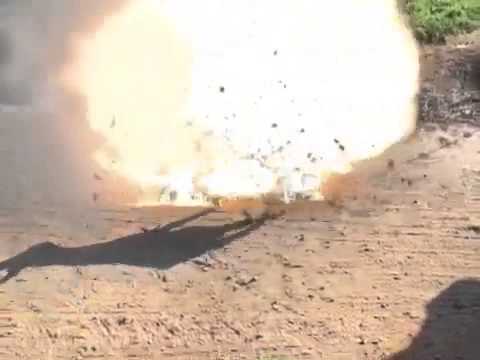
Pardon the long idle – I’ve been up to my eyeballs busy in writing and editing. Curiosity Quills is about to release an anthology of superhero-themed short stories, which I have been editing, as well as finishing up the first draft of the second book in the Roadhouse Chronicles series.
Anyway, it’s about time I posted something… and I should probably take a break from attempting to give out writerly advice, so here’s some “lore” from the “Divergent Fates” world. (The Division Zero series, Awakened series, Daughter of Mars series, and Virtual Immortality are set within it.)
Division Zero
In the year 2338, a previously-secret branch of the National Police Force entered the public consciousness. While most modern records show that the organization now known as Division 0 announced its official existence on April 3rd of that year, rumors lurk in the GlobeNet that their ‘going pubic’ came as a forced reaction to discovery. These same rumors hold that the National Police Force had maintained a clandestine group of psionic operatives for several decades prior to the official recognition of Division 0. Conspiracy hawks further point to the designation ‘0’ to mean they don’t officially exist.
Division 0 is the psionic arm of the UCF National Police Force. They are responsible for responding to incidents involving psionics, as well as any events unexplainable by conventional means. Owing to their previous secretive nature, many members of other divisions fear and distrust them.
In the early days, Division 0 operatives were cloaked in secrecy and many both in and out of government denied their existence. To this day, their all-black uniforms and vehicles often inspire either fear or suspicion. Secondary to their mission to protect the populous from those who would misuse psionic gifts, the unwritten goal of Division 0 is to maintain a positive image of psionic individuals in the public eye.
While Division 0 officers do not run about searching for psionics, they will approach them when they are discovered, and try to make contact with them as young as possible. This first meeting often includes a cursory assessment of the individual’s abilities. Certain talents, such as psionic suggestion or sensory overload burst telepathy-induced neuropathy (commonly shortened to Mind Blast) result in more stringent supervision of the individual, though to date, the UCF has no reported cases of psionic children being forcibly removed from their homes except in cases where the juvenile was attempting to harm people. Many cases of psionic children being moved to protective custody (away from abusive or terrified parents) exist, though these parents are all too happy to be rid of their paranormal problems.
Psionics as a whole (and the people who possess them) are not widely accepted by society and are, at best, tolerated. Their status in the UCF is perhaps the most favorable of anywhere on Earth, as some countries kill them on sight while others either force them to register, deport them, or detain them.
With the exception of those apprehended in the commission of serious crimes, Division 0 tends to recruit any psionic they come into contact with, sometimes to the point of overlooking minor legal offenses.
Branches
As a subset of the National Police Force, all personnel within Division 0 are considered to be part of the military, with corresponding ranks. The division is split into two primary groups: Tactical (patrol teams and active response units), and Investigative Operations―(I-Ops) as abbreviated―that processes crime scenes where a psionic was involved and pursues more detailed cases in a manner similar to normal detectives. Tactical personnel possess enlisted ranks, while members of I-Ops are commissioned officers. In some cases of powerful or rare (and in demand) abilities, individuals who are quite young (sometimes as little as fourteen) may be granted a merit rank of “Agent” in I-Ops, which is equivalent to the military rank of Warrant Officer 4.
Command Structure
Division 0 Director Jane Carter, a noted telempath, is the current head of Division 0, a post she has held for seven years as of the current year of 2418. Her rank of Division Director is equivalent to a General in the military, with a grade of O-10. She is regarded as a sedate and wise leader, and despite her creeping into her early sixties, shows no signs of stepping down any time soon. A pronounced pragmatist, she has made a few decisions that did not go over well with her underlings, citing her focus on the greater good for psionic people as a whole, as opposed to what is best for the bureaucracy.
Deputy Director Johannes Burkhardt is known to be a bit of a firebrand who tends to advocate for military solutions to most problems. He is often criticized for the policy which puts minors in active duty (usually when they have abnormally high ratings in combative abilities like pyrokinesis or telekinesis.) His primary ability, Mind Blast, coupled with his personality has cemented his reputation as someone most of the rank and file go out of their way to avoid. His rank is equivalent to a Lieutenant General (O-9).
West City Area Chief Mikhail Kovalev is the highest ranking member of Division 0 on the west coast of North America. He is a rated telekinetic as well as a telepath. With a reputation for being even-keeled, almost pensive and occasionally taken by bits of humor (often directed at Burkhardt), he is well-liked by those under his command. His rank of Area Chief equates to a Major General (O-8).
East City Area Chief Ravindra Kaur has the unenviable job of being responsible for Division 0 management on the east coast. East City tends to foster more violence, likely due to a population half again the size of West City crammed into a space eighty percent of the size. Several bands of off-gridder psionic gangs exist in the east, often using their abilities in flagrant violation of the law. A protégé of Director Carter, Chief Kaur is also a potent telempath.
From the Area chiefs down, a branching network of Commanders, Lieutenant Commanders, Captains, and Lieutenants run the day to day. If you, or anyone you know, is psionic, consider referring them to the Division 0 education and training program.
Remember, only by working together can we build understanding and trust between society and psionics.









